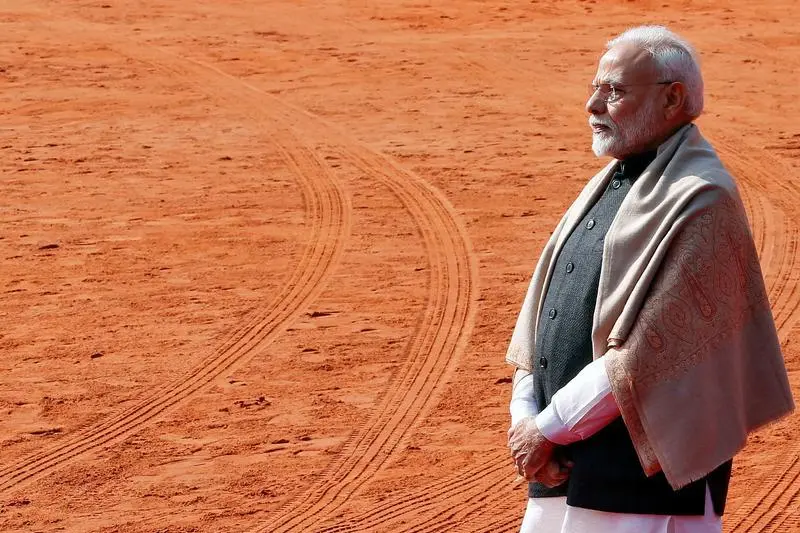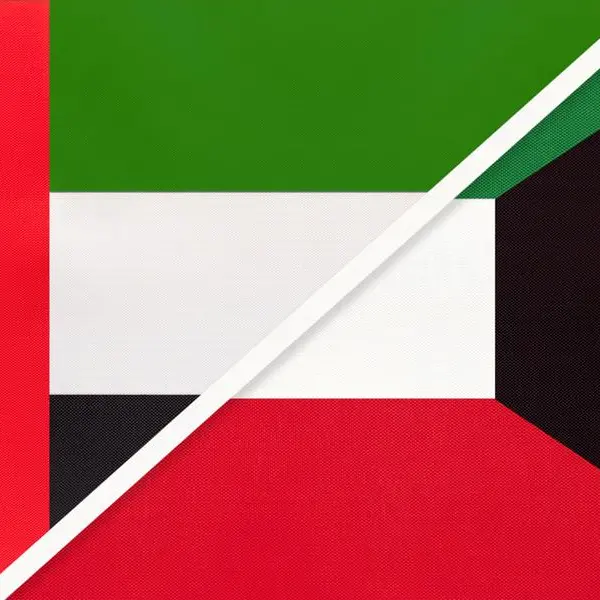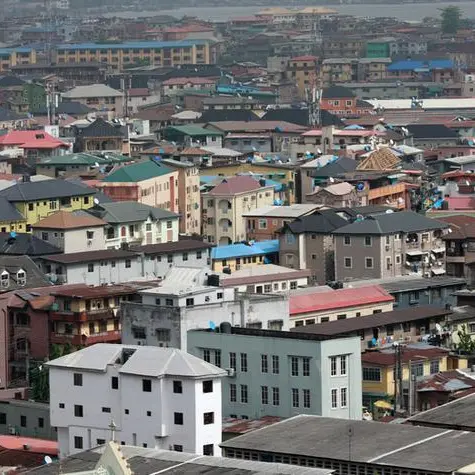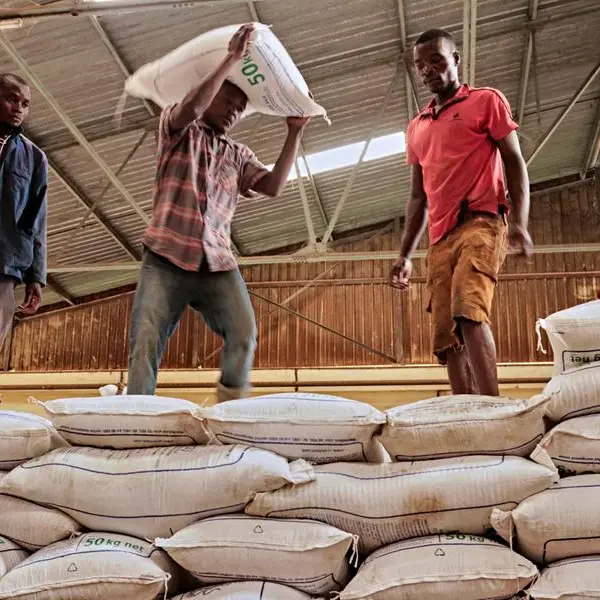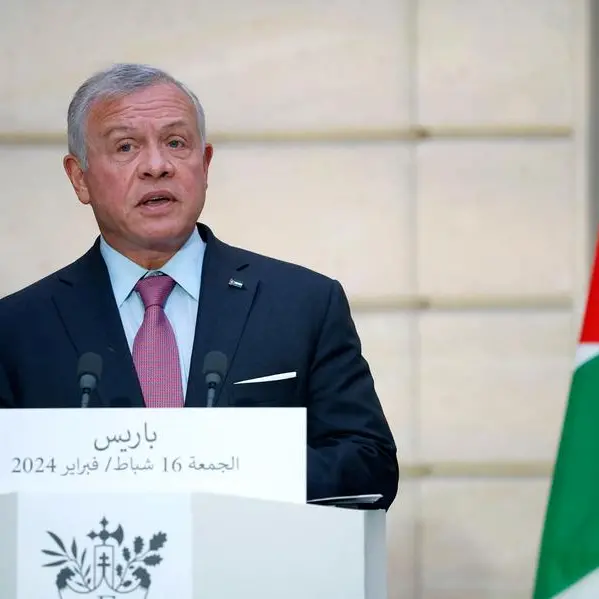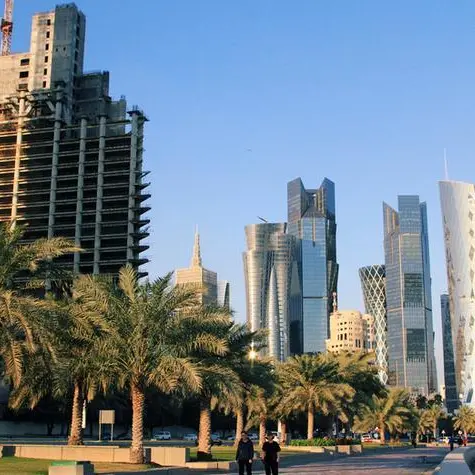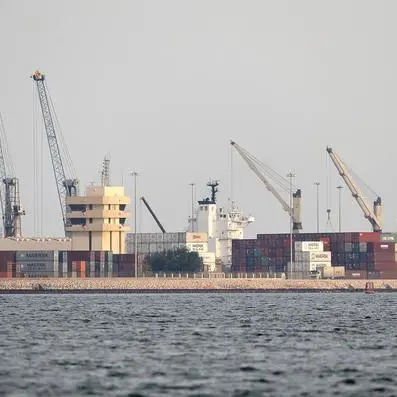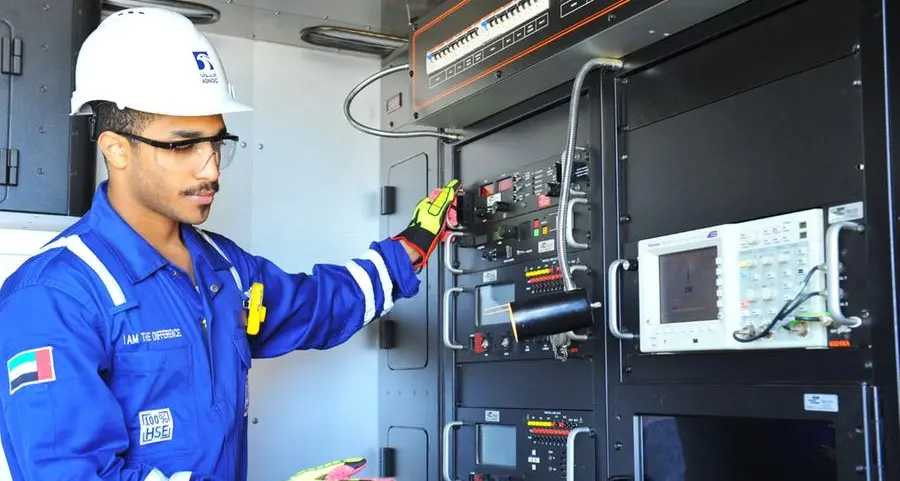PHOTO
MUMBAI - Narendra Modi is seizing the coronavirus opportunity. India’s prime minister pledged a support package of $266 billion, equivalent to 10% of GDP, on Tuesday evening. The number is probably too good to be true. But Modi’s call for a “quantum jump” in the economy is both important and credible.
Most economists were expecting fiscal support of no more than 3% of GDP, including an earlier package focused on the poor. The supersized 10% number, announced in an address to the nation, is significant even if it includes earlier spending and liquidity operations already announced by the central bank. The Reserve Bank of India will surely have to make major asset purchases to support the cash-strapped administration’s splurge, building on its ownership of 15% of longer-term government securities. And it puts India’s investment-grade sovereign rating on the line.
In normal times, that might cause capital to take flight. But that need not be the case if India can make the most of its predicament, as it has before. In 1991, a balance-of-payments crisis driven by a large trade deficit and high government spending pushed India into embracing market forces. The country dismantled controls and broke state monopolies – all with a nudge from the International Monetary Fund. And more reform followed. This time around, Modi has already passed a new nationwide tax and a bankruptcy code, but his rare outright parliamentary majority gives him a mandate to do a whole lot more restructuring.
Essentially, Modi is making a fresh pitch for his “Make in India” initiative, which has underdelivered since its launch in 2014. He is hinting at an overhaul of land and labour laws, two bugbears of domestic and international investors. Some states, controlled by Modi’s Bharatiya Janata Party, have already moved in this respect in recent days. Unburdening state banks of their pre-Covid-19 bad loans will also be key to reviving animal spirits. As the world considers reworking supply chains and reducing dependence on China, India has the potential to fill the gap. Modi’s big numbers are well and good, but what really matters is his direction of travel.
CONTEXT NEWS
- India’s Prime Minister Narendra Modi on May 12 announced a 20 trillion rupee ($266 billion) support package for the economy in the wake of the coronavirus.
- In an address to the nation, Modi said he wanted a “quantum jump” in the economy and that the package would focus on land, labour, and the poor. He also spoke about making the nation a big player in global supply chains, strengthening the financial system, rationalising the tax system, and attracting investment.
- Finance Minister Nirmala Sitharaman will in the coming days announce further details on the package, equivalent to around 10% of India's GDP, he added.
(Editing by John Foley and Amanda Gomez) ((una.galani@thomsonreuters.com; Reuters Messaging: una.galani.thomsonreuters.com@reuters.net))
